Firmware updates are essential for the performance and reliability of wireless lavalier microphone systems. This...
How to deal with the cause of microphone whistle?
Bluetooth microphone noises can be heard when operating with the built-in part as well as when talking or capturing sound with a high-priced device.
Usually, this whistling noise of the microphone feedback is caused by so-called feedback. Everyone who has worked with Bluetooth microphones knows about the feedback of sound equipment. It is a speaker Microphone malfunction, which is a ringing noise that is sometimes present in sound systems. This is caused by such a "looped signal".
But how to remove this microphone feedback speaker malfunction? The most common cause of the microphone feedback is when a microphone feeds a signal to a sound system, which then amplifies and outputs the signal from the speaker and that signal is picked up by the microphone again. To get rid of microphone feedback, you must interrupt the microphone feedback loop.

So what can control microphone feedback?
1. Keeping the speakers closer to the audience than the microphones.
2. Speaking right next to the Bluetooth microphone
3. Turning off the microphone when you are not using it.
4. Equalizing the signal by lowering the frequencies that cause microphone feedback.
5. Using a noise gate (it automatically mutes the signal when it falls below a certain threshold) or a filter.
6. Lower the speaker output so that the microphone does not pick up the sound coming from it.
7. Try not to point the speakers directly at reflective surfaces such as walls.
8. Use personal monitoring systems instead of floor-standing stage monitors
The easiest way to deal with microphone feedback is to purchase a "Feedback Suppressor" - this device is an automatic equalizer that can detect a noisy frequency and automatically lower it when an unpleasant whistle or hum occurs.
What else should you know about microphone feedback?
Microphone feedback can occur at any frequency. The frequencies that cause most problems will depend on the situation, but key factors include room resonance frequencies, microphone frequency response, musical instrument characteristics.
Microphone feedback can be almost constant or intermittent. For example, you can turn down the Bluetooth microphone volume to stop continuous microphone feedback, but when someone speaks into it, you may still notice a faint ringing or an unpleasant tone of voice. In this case, microphone feedback is still a problem and further action needs to be taken.
There are various methods for suppressing microphone noise. It is possible to solve the microphone feedback problem, only you should competently approach its elimination. In the vast majority of cases, users achieve the desired effect.

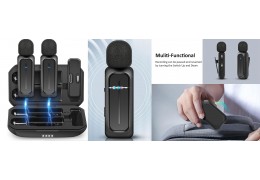
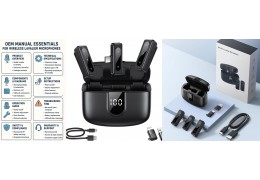

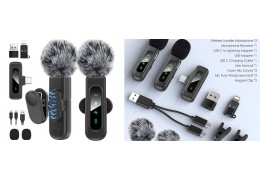
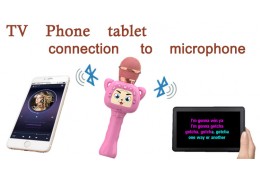

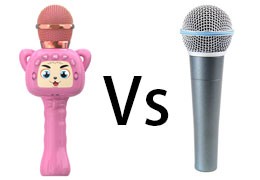



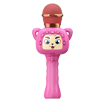

Latest comments